Home>Articles>How To Cook Meat In An Electric Pressure Cooker
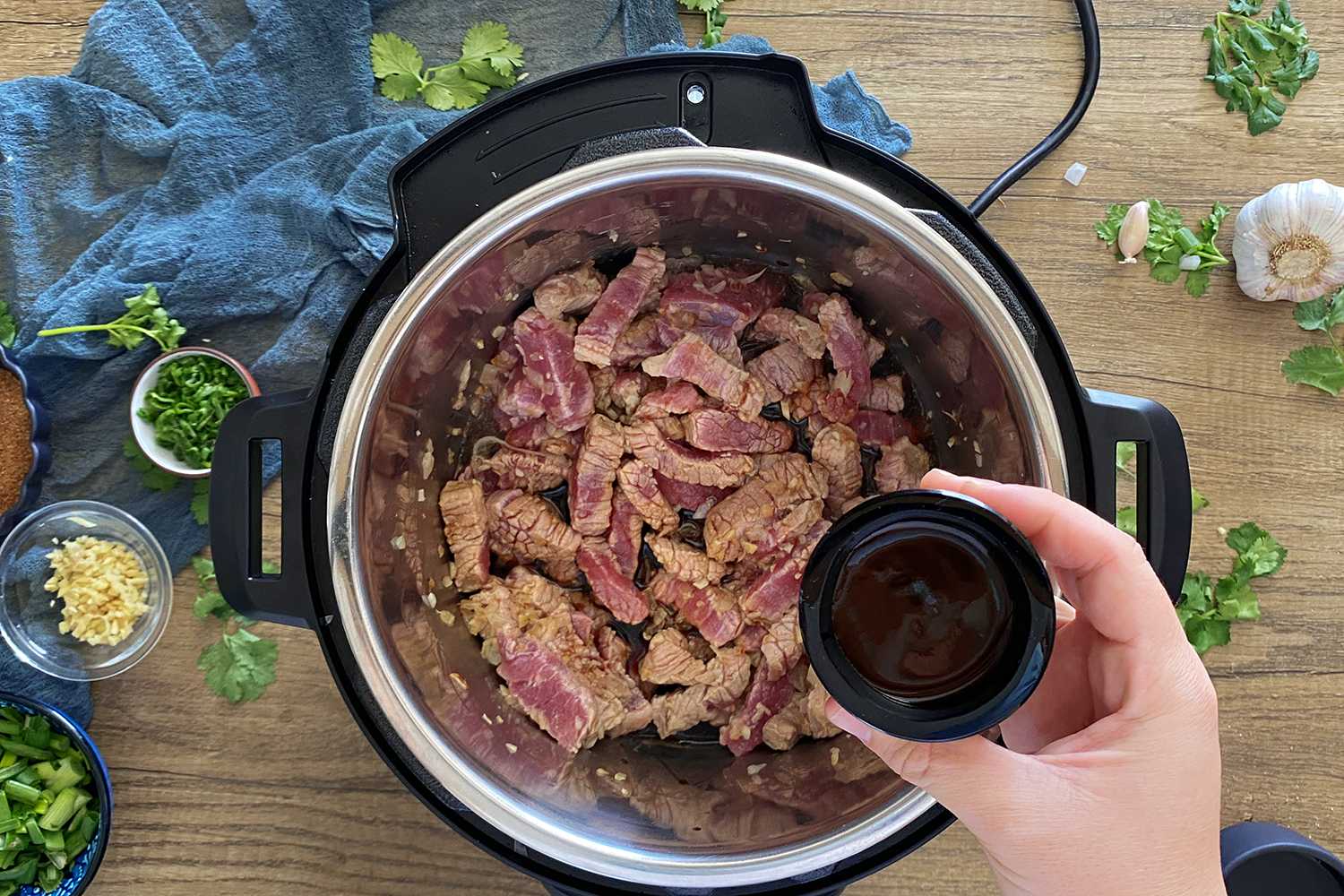

Articles
How To Cook Meat In An Electric Pressure Cooker
Modified: December 6, 2023
Discover quick and easy ways to cook meat using an electric pressure cooker. Read articles on different techniques and recipes for delicious, tender results.
(Many of the links in this article redirect to a specific reviewed product. Your purchase of these products through affiliate links helps to generate commission for Storables.com, at no extra cost. Learn more)
Introduction
Cooking meat is an art that requires precision, patience, and the right tools. When it comes to tenderizing and infusing flavor into meat, an electric pressure cooker is a game-changer. This modern kitchen appliance uses high-pressure steam to cook food quickly and efficiently, resulting in juicy and succulent meat that would usually take hours to achieve using traditional cooking methods.
In this article, we will explore the benefits of cooking meat in an electric pressure cooker, provide tips for choosing the right cut of meat, guide you through the process of preparing and seasoning your meat, and offer step-by-step instructions on cooking meat to perfection in an electric pressure cooker. Whether you’re a seasoned chef or a beginner in the kitchen, this guide will help you unlock the full potential of your electric pressure cooker and create mouthwatering meat dishes that will impress your family and friends.
Are you ready to dive into the world of electric pressure cooking and unleash your culinary prowess? Let’s get started by discovering the incredible benefits of cooking meat in an electric pressure cooker.
Key Takeaways:
- Cooking meat in an electric pressure cooker offers time and energy efficiency, tenderizes tough cuts, retains flavor and nutrients, and provides one-pot convenience, making it a game-changer in the kitchen.
- Choosing the right cut of meat, properly preparing and seasoning it, and following the steps for setting up and cooking in an electric pressure cooker ensures delicious, tender, and flavorful meat dishes every time.
Read more: How To Test Electric Pressure Cooker
Benefits of Cooking Meat in an Electric Pressure Cooker
When it comes to cooking meat, using an electric pressure cooker offers a multitude of advantages that can elevate your culinary experience. Here are some of the notable benefits:
- Time and Energy Efficiency: Cooking meat in an electric pressure cooker significantly reduces cooking time compared to conventional methods. The intense pressure and high heat inside the cooker accelerate the cooking process, allowing you to have tender and flavorful meat in a fraction of the time. This means you can enjoy slow-cooked dishes like pot roast, beef stew, or pulled pork on a busy weeknight. Additionally, the energy efficiency of electric pressure cookers can help save on electricity costs.
- Tenderizes Tough Cuts of Meat: Electric pressure cookers are excellent for cooking tougher cuts of meat that typically require long hours of braising or slow cooking to become tender. The high pressure breaks down the tough fibers in the meat, resulting in tender and juicy results. Whether you’re cooking a pot roast, brisket, or lamb shanks, the electric pressure cooker will help transform the meat into a melt-in-your-mouth delight.
- Retains Flavor and Nutrients: Unlike boiling or simmering, which can leach out flavors and nutrients, cooking meat in an electric pressure cooker ensures that the flavors are sealed in. The sealed environment locks in the natural juices, aromas, and flavors, resulting in incredibly tasty dishes. Additionally, the shorter cooking time helps to preserve more vitamins and nutrients compared to traditional cooking methods.
- One-Pot Convenience: Electric pressure cookers are designed to be versatile appliances that can handle multiple cooking tasks in one pot. This means you can sauté your meat to add extra flavor, then pressure cook it all in the same pot. This not only saves time but also reduces the number of dishes you need to wash, making cleanup a breeze.
- Safe and Easy to Use: Modern electric pressure cookers come with numerous safety features that make them simple and safe to operate. They have locking mechanisms that prevent the lid from being opened until the pressure is released, and built-in sensors ensure that the pressure is maintained at safe levels. Electric pressure cookers also come with easy-to-use controls, allowing you to adjust cooking times and temperatures with ease.
Now that we’ve explored the benefits of cooking meat in an electric pressure cooker, let’s move on to the next step – choosing the right cut of meat.
Choosing the Right Cut of Meat
When it comes to cooking meat in an electric pressure cooker, selecting the right cut is crucial to achieving the best results. Here are some factors to consider when choosing the perfect cut of meat:
- Toughness: Electric pressure cookers excel at tenderizing tough cuts of meat. Look for cuts that are known for their toughness, such as chuck roast, brisket, or pork shoulder. These cuts have higher collagen content, and the high-pressure environment of the cooker will break down the collagen, resulting in melt-in-your-mouth tenderness.
- Fat Content: Marbling, which refers to the intramuscular fat in the meat, adds flavor and moisture to the cooked meat. Cuts with a higher fat content, such as ribeye steak or pork belly, will result in more flavorful and succulent dishes. However, if you prefer leaner options, you can trim excess fat before cooking.
- Size and Thickness: Consider the size and thickness of the cut when selecting meat for your electric pressure cooker. Larger cuts will require longer cooking times, while thinner cuts will cook faster. It’s important to adjust your cooking time accordingly to ensure that the meat is cooked to perfection.
- Budget: The price of different cuts of meat can vary significantly. Consider your budget when selecting the cut. While premium cuts like filet mignon or prime rib can be delicious, you can still achieve excellent results using more affordable options like chuck roast or pork shoulder.
- Personal Preferences: Ultimately, choose a cut of meat that aligns with your personal preferences and the dish you intend to cook. Some cuts are better suited for specific recipes. For example, short ribs are ideal for braising, while pork tenderloin is great for quick and flavorful meals.
When selecting your meat, consult your local butcher for recommendations and tips based on your preferences and the specific recipe you have in mind. They can help guide you to the perfect cut that will guarantee a delicious and satisfying meal.
Now that you know how to choose the right cut of meat, let’s move on to the next step – preparing the meat for cooking.
Preparing the Meat for Cooking
Properly preparing the meat before cooking is essential to ensure optimal flavor and tenderness. Here are some steps to follow when preparing the meat for cooking in an electric pressure cooker:
- Trimming: Before cooking, inspect the cut of meat and trim any excess fat or silver skin. While some fat adds flavor, too much can result in greasy dishes. Additionally, removing any tough connective tissues or sinew will contribute to a more enjoyable eating experience.
- Seasoning: Seasoning the meat is crucial for adding flavor. Depending on the recipe and personal preference, you can use a dry rub, marinade, or simply salt and pepper. Allow the seasoning to penetrate the meat by letting it sit for at least 30 minutes or overnight in the refrigerator.
- Searing: While not mandatory, searing the meat before pressure cooking can enhance the flavor and add a desirable golden brown crust. Heat a tablespoon of oil in the electric pressure cooker using the sauté function, then brown each side of the meat for a few minutes until a caramelized crust forms.
- Aromatics and Liquid: Depending on your recipe, you may want to add aromatics like onions, garlic, or herbs to infuse additional flavors. Additionally, most meat recipes in an electric pressure cooker require a liquid component. This can be broth, stock, wine, or even water. The liquid helps to create steam and maintain the pressure inside the cooker.
- Allowing the Meat to Reach Room Temperature: If the meat is coming directly from the refrigerator, allow it to sit at room temperature for 15-30 minutes before cooking. This helps ensure even cooking and prevents the meat from becoming tough.
Remember to follow any specific instructions given in your recipe regarding the recommended preparation techniques. Once you’ve prepared the meat, it’s time to move on to the exciting part – cooking the meat in the electric pressure cooker!
Adding Flavor to the Meat
While electric pressure cookers are excellent at retaining the natural flavors of meat, adding additional seasonings and flavorings can take your dish to the next level. Here are some creative ways to enhance the flavor of your meat:
- Spices and Herbs: Experiment with a variety of spices and herbs to create a unique flavor profile. Common spices like paprika, cumin, chili powder, and black pepper can add depth and complexity to your dishes. Fresh or dried herbs like rosemary, thyme, basil, and oregano can bring a refreshing aroma and taste to your meat.
- Marinades and Rubs: Marinating your meat in a flavorful mixture before cooking can infuse the flavors deep into the meat. You can create a simple marinade using ingredients like soy sauce, Worcestershire sauce, vinegar, olive oil, garlic, and ginger. Alternatively, if you prefer a dry application, rub a mixture of herbs, spices, salt, and sugar onto the meat for a delicious crust and intensified flavor.
- Liquid Enhancements: Consider using different liquids to add depth and richness to the meat. For example, replacing water with broth, stock, wine, or even beer can impart a unique flavor to your dish. The liquid will not only add flavor but also contribute to creating a moist and tender meat texture.
- Citrus and Acidic Ingredients: Adding a splash of citrus juice such as lemon, lime, or orange can brighten up the flavors of your meat. Acidic ingredients like balsamic vinegar or apple cider vinegar can also add a tangy and savory element to the dish.
- Umami-Boosting Ingredients: Umami, known as the fifth taste, is savory and enhances the overall flavor of the dish. Incorporate umami-rich ingredients like soy sauce, fish sauce, tomato paste, mushrooms, or Worcestershire sauce to amplify the taste of your meat.
Remember to balance the flavors and seasonings to suit your taste preferences. It’s always a good idea to start with a small amount and gradually add more as needed, tasting along the way. This will help you achieve the perfect balance of flavors and prevent overpowering the natural taste of the meat.
Now that you know how to enhance the flavor of your meat, let’s move on to the next step – setting up the electric pressure cooker.
Read more: How To Can With An Electric Pressure Cooker
Setting up the Electric Pressure Cooker
Before you begin cooking meat in your electric pressure cooker, it’s important to properly set up the appliance to ensure safe and efficient operation. Here are the steps to follow when setting up your electric pressure cooker:
- Read the Instruction Manual: Familiarize yourself with the specific instructions and safety precautions of your electric pressure cooker by reading the manufacturer’s manual. This will help you understand the functions, settings, and limitations of your particular model.
- Inspect the Sealing Ring: The sealing ring is a vital component that helps create a tight seal between the lid and the pot. Make sure the sealing ring is clean, properly installed, and free from any damage or deformities. If needed, replace the sealing ring to maintain optimal performance.
- Check the Pressure Release Valve: Ensure that the pressure release valve is in the correct position. It should be in the “Sealing” position for pressure cooking. This valve controls the release of pressure from the cooker and prevents accidents.
- Add the Cooking Liquid: Most meat recipes require the addition of a cooking liquid, such as broth or stock, to create steam and maintain the pressure inside the cooker. Check your recipe for specific instructions on the amount and type of liquid to add.
- Secure the Lid: Place the lid on the electric pressure cooker and ensure it is properly aligned and securely locked in place. Refer to the manual for instructions on how to lock the lid correctly.
- Select the Cooking Function and Time: Electric pressure cookers come with different cooking functions and timers. Choose the appropriate function for your recipe, such as “Pressure Cook,” “Meat/Stew,” or “Manual.” Set the cooking time according to the specific instructions in your recipe or based on the cut and thickness of the meat.
- Preheat (If Required): Some electric pressure cookers have a preheat feature that allows the pot to reach the desired temperature before adding the food. Follow your cooker’s instructions to preheat if necessary.
- Start Cooking: Once all preparations are complete, it’s time to start cooking. Press the appropriate button on your electric pressure cooker to begin the cooking process. The cooker will automatically build pressure, cook the meat for the set time, and then switch to the “Keep Warm” mode once the cooking time is complete.
Always follow the manufacturer’s instructions and guidelines specific to your electric pressure cooker model. This will ensure safe and successful cooking results with your meat dishes. Now that the electric pressure cooker is set up, let’s move on to the next step – cooking the meat.
When cooking meat in an electric pressure cooker, always use the natural release method to allow the meat to rest and retain its juices for a more tender and flavorful result.
Cooking Meat in an Electric Pressure Cooker
Now that your electric pressure cooker is set up and ready to go, it’s time to dive into the exciting part – cooking the meat. Follow these steps for perfect meat cooked in an electric pressure cooker:
- Add Oil: Start by adding a small amount of oil to the pot of the electric pressure cooker. This will prevent sticking and help in browning the meat, if desired.
- Sear the Meat (Optional): If you want to add a caramelized crust to the meat, select the sauté function on your electric pressure cooker and brown the meat on all sides. This step enhances the flavor and texture of the meat.
- Add Liquid and Seasonings: Once the meat is seared, add the required amount of cooking liquid, such as broth or stock, to the pot. Additionally, add any desired seasonings, herbs, spices, or aromatics to enhance the flavor.
- Close the Lid and Set Cooking Time: Securely close the lid of the electric pressure cooker, ensuring it is properly aligned and locked in place. Select the appropriate cooking function, typically “Pressure Cook” or “Manual,” and set the cooking time according to your recipe or the type and thickness of the meat. Follow the manufacturer’s instructions for setting the time accurately.
- Build Pressure: After setting the cooking time, the electric pressure cooker will start building pressure inside, indicated by the rising pressure indicator. The cooker will automatically seal the pot and reach the desired pressure level before starting the countdown timer.
- Cook Under Pressure: While the meat is cooking, the pressure inside the cooker will continue to rise and maintain the optimal cooking temperature. The high-pressure environment efficiently and quickly cooks the meat, tenderizing it and infusing it with flavor.
- Natural Release or Quick Release: Once the cooking time is complete, you have two options for releasing the pressure. The first is a natural release, which involves letting the pressure release naturally over time. This is ideal for tender meats and delicate dishes. The second option is a quick release, where you carefully switch the pressure release valve to release the pressure manually. This method is suitable for quick cooking or when a recipe requires immediate pressure release.
- Check for Doneness: After releasing the pressure, open the lid cautiously, following the manufacturer’s safety instructions. Use a meat thermometer to check the internal temperature of the meat for doneness. It should reach the recommended temperature for your desired level of doneness.
Once the meat is cooked to your desired level of doneness, you can proceed to the next step – resting and serving the cooked meat.
Releasing the Pressure and Checking for Doneness
After the cooking time is complete in your electric pressure cooker, it’s essential to safely release the pressure before checking the doneness of the meat. Here’s how to release the pressure and ensure that your meat is cooked to perfection:
- Natural Release: This method involves allowing the pressure to naturally release on its own without any intervention. After the cooking time is complete, simply turn off the heat and let the electric pressure cooker sit undisturbed. The pressure will gradually drop, and the float valve indicator will fall down. This process can take anywhere from 10 to 20 minutes or more, depending on the recipe and the amount of pressure built up in the cooker. Once the float valve is fully down, it is safe to open the lid.
- Quick Release: If you’re short on time or your recipe calls for immediate pressure release, you can use the quick release method. Carefully switch the pressure release valve to the “Venting” position. Hot steam will rapidly escape from the valve, and the pressure inside the cooker will quickly drop. Use caution to avoid steam burns. Once the float valve drops, indicating that all pressure has been released, it is safe to open the lid.
- Checking for Doneness: Before removing the meat from the electric pressure cooker, take a moment to check its doneness. Insert a meat thermometer into the thickest part of the meat to ensure it has reached the proper internal temperature. The recommended temperatures vary depending on the type of meat and the desired level of doneness. Refer to a reliable meat temperature guide for specific guidelines.
- Additional Cooking (If Required): If the meat is not yet fully cooked to your liking, you can return it to the pressure cooker and cook it for a few more minutes. Close the lid, set the timer for a short duration, and let it cook under pressure again. Be mindful not to overcook the meat, as it can result in dryness and toughness.
Remember to exercise caution and follow the safety guidelines provided by the manufacturer to prevent accidents or injuries. Once you have confirmed that the meat is cooked to your desired level of doneness, you’re almost ready to enjoy your flavorful creation. The next step is to let the cooked meat rest before serving.
Resting and Serving the Cooked Meat
Resting the cooked meat is a crucial step that allows the juices to redistribute and the meat to become more tender and flavorful. Here’s how to properly rest and serve your cooked meat:
- Transfer to a Cutting Board: Carefully remove the cooked meat from the electric pressure cooker and transfer it to a clean cutting board. Use tongs or a meat fork to avoid piercing the meat and losing its juices.
- Cover with Foil: Tent the cooked meat loosely with aluminum foil. This helps to retain the heat and allows the meat to rest without losing excessive heat. Let it rest for about 5 to 10 minutes, depending on the size of the meat.
- Carving or Slicing: Once the meat has rested, it’s time to carve or slice it, depending on the cut and your serving preferences. Use a sharp knife to slice against the grain for maximum tenderness. Follow any specific instructions in your recipe for carving or slicing techniques.
- Serving Suggestions: Arrange the sliced or carved meat on a platter or individual plates. You can serve it as the main course with your favorite side dishes, such as roasted vegetables, mashed potatoes, or a fresh salad. Drizzle any delicious cooking juices or sauces from the electric pressure cooker over the meat for added flavor.
- Garnish and Enjoy: Enhance the visual appeal of your cooked meat by garnishing it with fresh herbs, a sprinkle of cracked black pepper, or a squeeze of citrus juice. These little touches can elevate the overall presentation and taste. Serve the meat promptly to maintain its optimal temperature and tenderness.
Remember that the resting period is essential for achieving the best results. It allows the meat to relax and retain its juices for a more succulent dining experience. Take your time and enjoy the fruits of your labor as you savor the delicious flavors of your perfectly cooked meat.
Now that you’ve learned how to rest and serve the cooked meat, we will move on to the final step – cleaning and maintaining the electric pressure cooker.
Read more: How To Use An Electric Pressure Cooker
Cleaning and Maintaining the Electric Pressure Cooker
Properly cleaning and maintaining your electric pressure cooker ensures its longevity and keeps it in optimal working condition. Here are some guidelines to follow for cleaning and maintaining your electric pressure cooker:
- Unplug and Cool Down: Before cleaning, ensure that the electric pressure cooker is unplugged and has fully cooled down. This is important for your safety and to avoid any potential accidents.
- Remove and Clean Sealing Ring: Take out the sealing ring from the lid and wash it thoroughly with warm soapy water. Rinse it well and dry it completely before reassembling. This prevents odors from transferring to other dishes and ensures a proper seal.
- Wash the Removable Parts: If your electric pressure cooker has removable parts, such as the inner pot or steam rack, wash them with warm soapy water or place them in the dishwasher if they are dishwasher safe. Pay special attention to any food residue and use a non-abrasive sponge or cloth to avoid scratching the surfaces.
- Clean the Exterior: Wipe down the exterior of the electric pressure cooker with a damp cloth. Use mild detergent if necessary. Avoid using abrasive cleaners or scouring pads, as they can damage the finish. Dry the exterior thoroughly to prevent water spots or staining.
- Check and Clean Vent and Float Valve: Inspect the vent and float valve for any food particles or residue. Use a small brush or pipe cleaner to clean these areas, ensuring they are free from any blockages that could affect the proper functioning of the pressure cooker.
- Store Properly: Make sure the electric pressure cooker is completely dry before storing it. Store the lid separately from the base, and keep all parts in a clean and dry area.
- Regular Maintenance: Follow the manufacturer’s instructions for any additional maintenance tasks recommended for your specific model. This may include periodic checks, replacement of parts, or descaling the pressure cooker if necessary.
Regular cleaning and maintenance will keep your electric pressure cooker in excellent condition, ensuring optimal performance and extending its lifespan. It’s important to follow the specific cleaning instructions provided by the manufacturer to avoid any damage to the cooker or compromising its safety features.
By prioritizing the cleanliness and maintenance of your electric pressure cooker, you can continue to enjoy flavorful and perfectly cooked meals for years to come.
Now that you have learned how to clean and maintain your electric pressure cooker, it’s time to conclude our guide. By following the steps and tips provided, you can create delicious and tender meat dishes that will impress your family and friends. So, get your electric pressure cooker ready, select your favorite cut of meat, and embark on a culinary journey filled with mouthwatering flavors!
Conclusion
Cooking meat in an electric pressure cooker offers a multitude of benefits, making it a fantastic tool for creating tender, flavorful, and convenient meat dishes. With the ability to reduce cooking time, tenderize tough cuts of meat, and retain flavors and nutrients, an electric pressure cooker is a game-changer in the kitchen.
By choosing the right cut of meat and properly preparing it with seasonings and aromatics, you can enhance the flavor profile of your meat dishes. The process of setting up the electric pressure cooker and cooking the meat under pressure ensures efficient and consistent results.
Releasing the pressure safely and checking the meat for doneness guarantees a perfectly cooked piece of meat every time. Whether you prefer a natural release or a quick release, these steps ensure that your meat is tender, juicy, and cooked to your desired level of doneness.
Resting the cooked meat allows the juices to distribute evenly, resulting in a more succulent and tender final product. This important step should not be skipped, as it greatly impacts the overall texture and enjoyment of your meat.
Cleaning and maintaining your electric pressure cooker is essential for its longevity and continued performance. By following the manufacturer’s instructions and properly caring for your cooker, you can ensure that it remains in optimal condition for years to come.
With the knowledge and techniques outlined in this guide, you have the tools to create delicious meat dishes that will impress your family and friends. So, gather your ingredients, select your favorite cuts of meat, and let your electric pressure cooker take your culinary adventures to new heights. Whether you’re cooking a tender pot roast, succulent pulled pork, or flavorful beef stew, the electric pressure cooker will be your trusted companion in the kitchen.
Enjoy the journey of experimenting with flavors, mastering cooking times, and indulging in the joy of perfectly cooked meat. Embrace the convenience and efficiency of the electric pressure cooker, and savor the delectable rewards it brings to your table. Happy cooking!
Frequently Asked Questions about How To Cook Meat In An Electric Pressure Cooker
Was this page helpful?
At Storables.com, we guarantee accurate and reliable information. Our content, validated by Expert Board Contributors, is crafted following stringent Editorial Policies. We're committed to providing you with well-researched, expert-backed insights for all your informational needs.
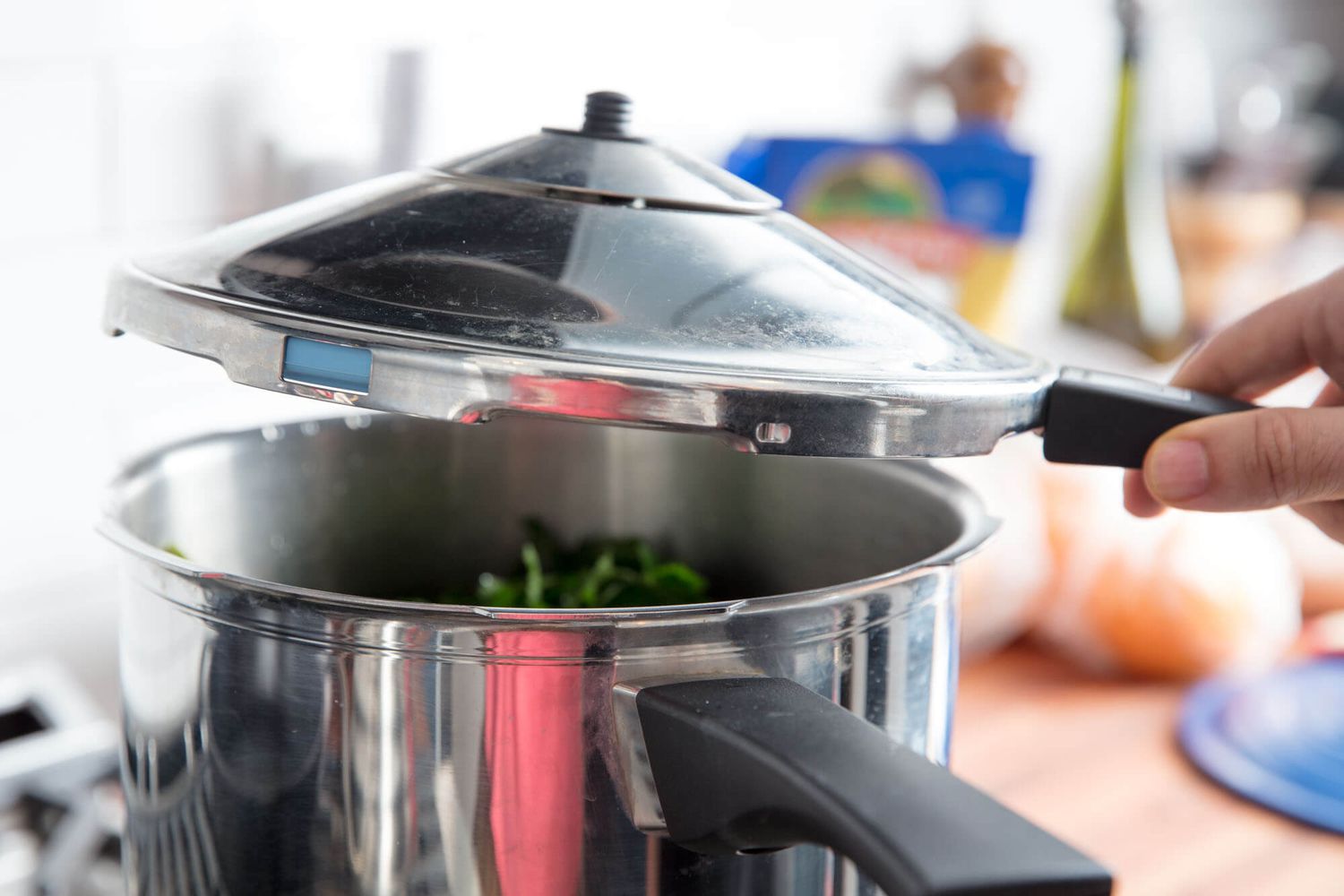
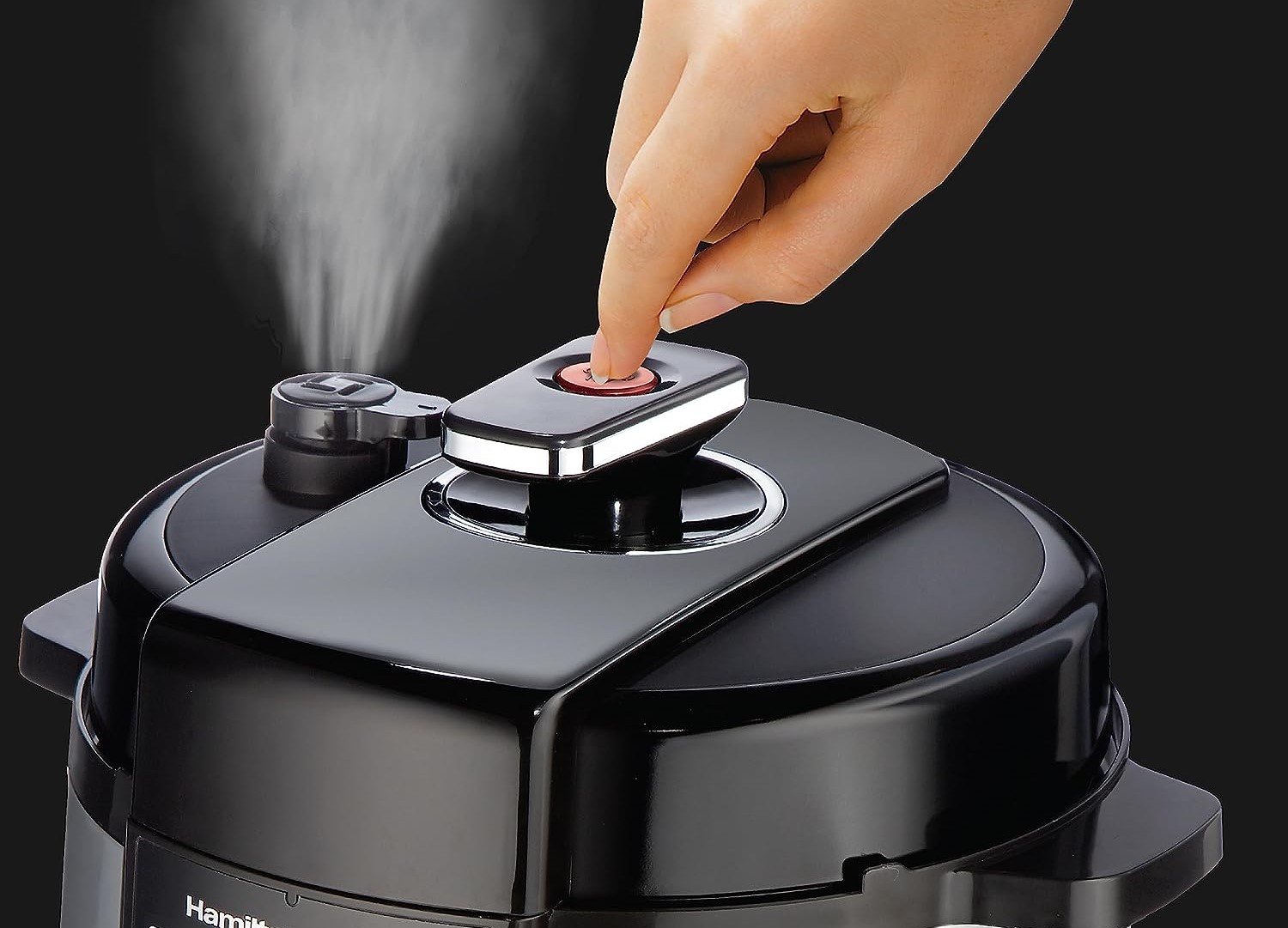
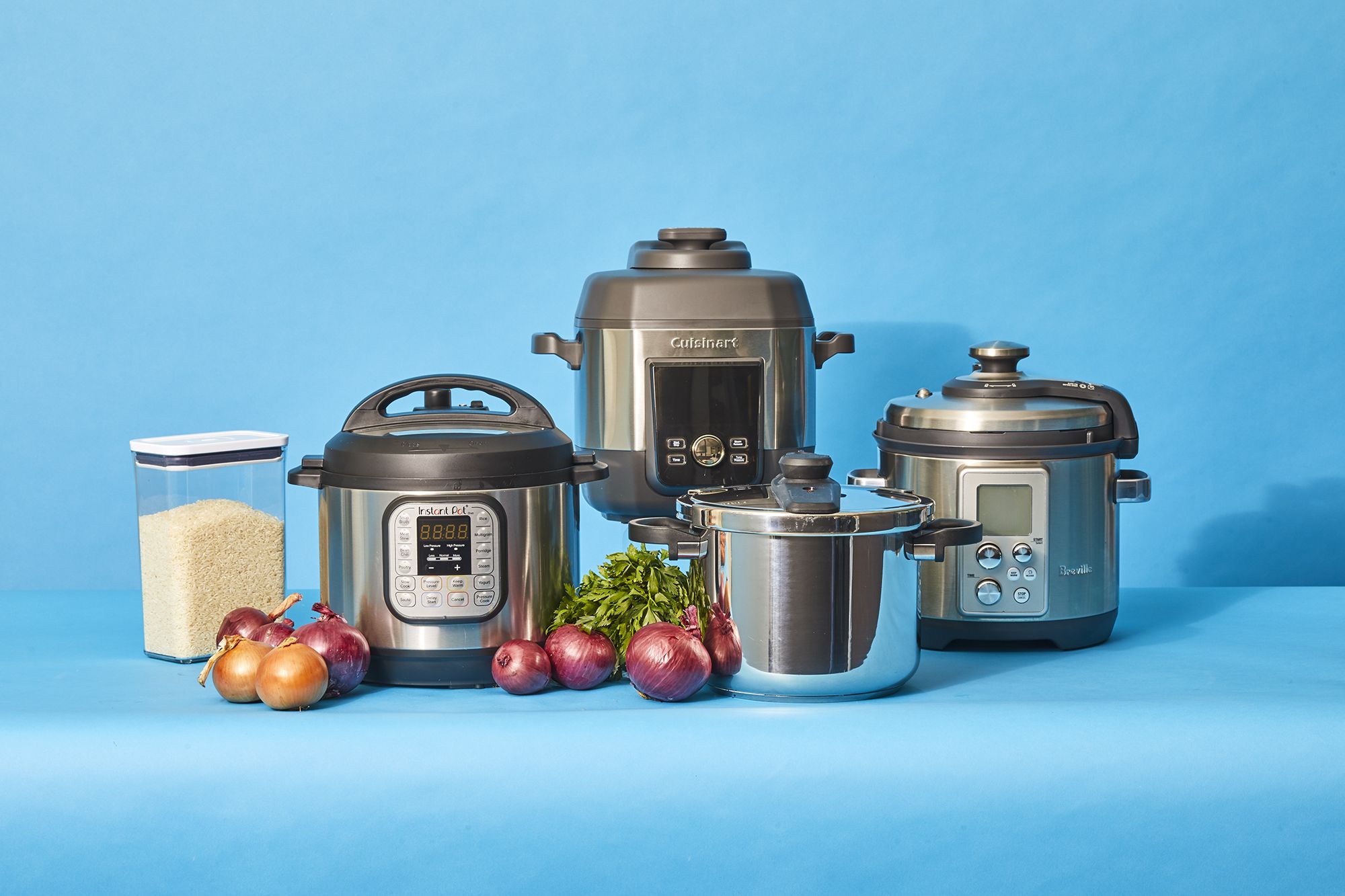
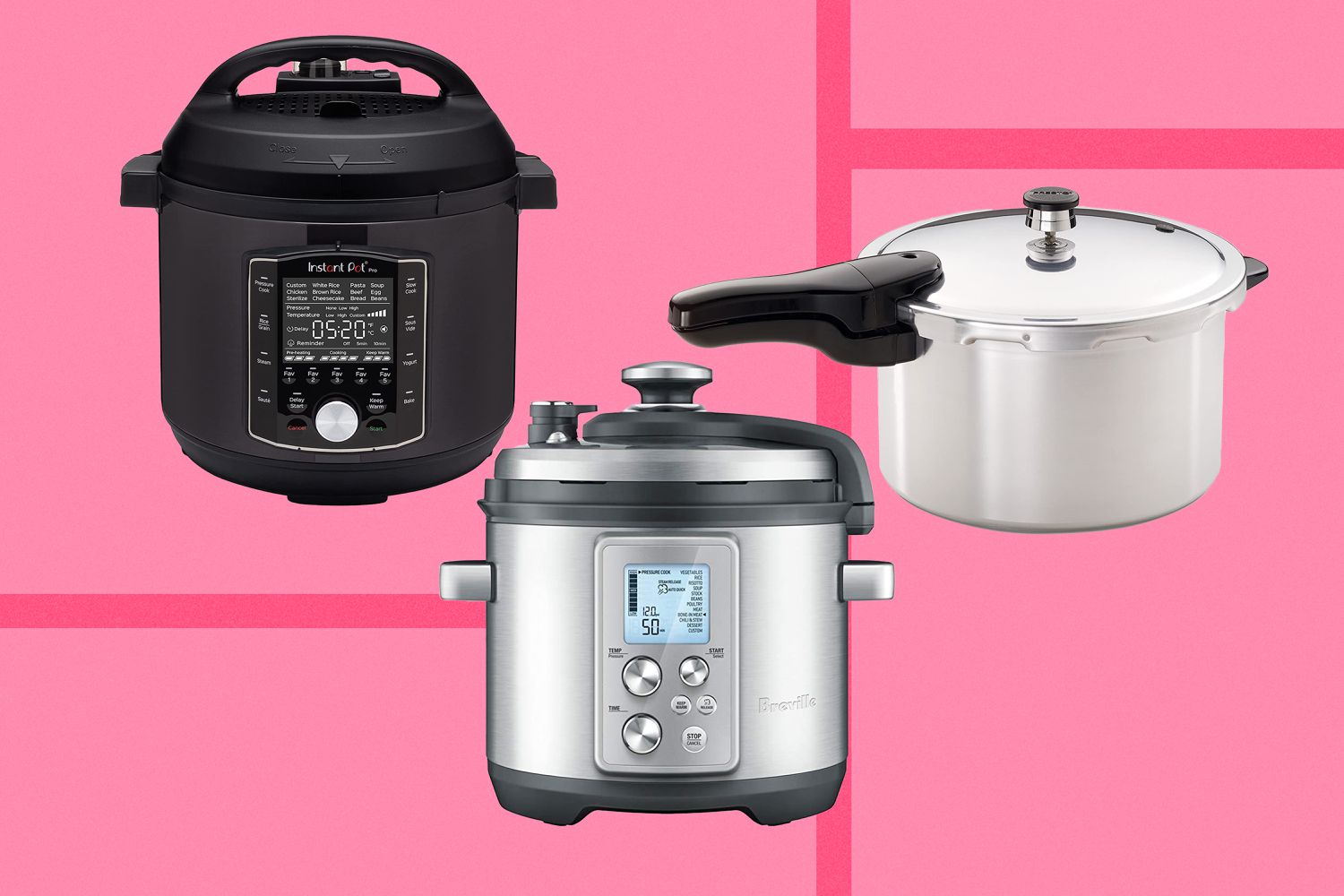
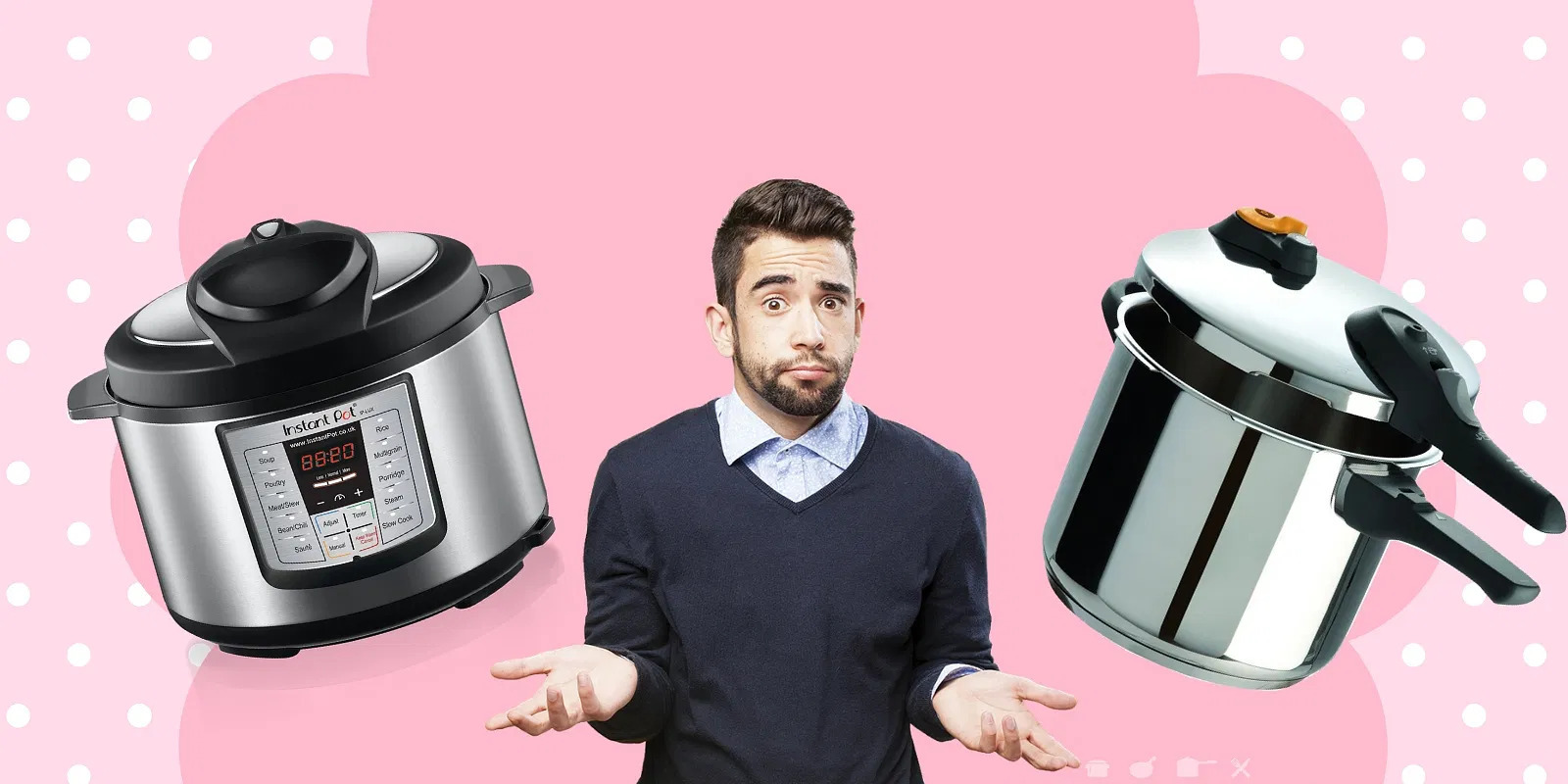
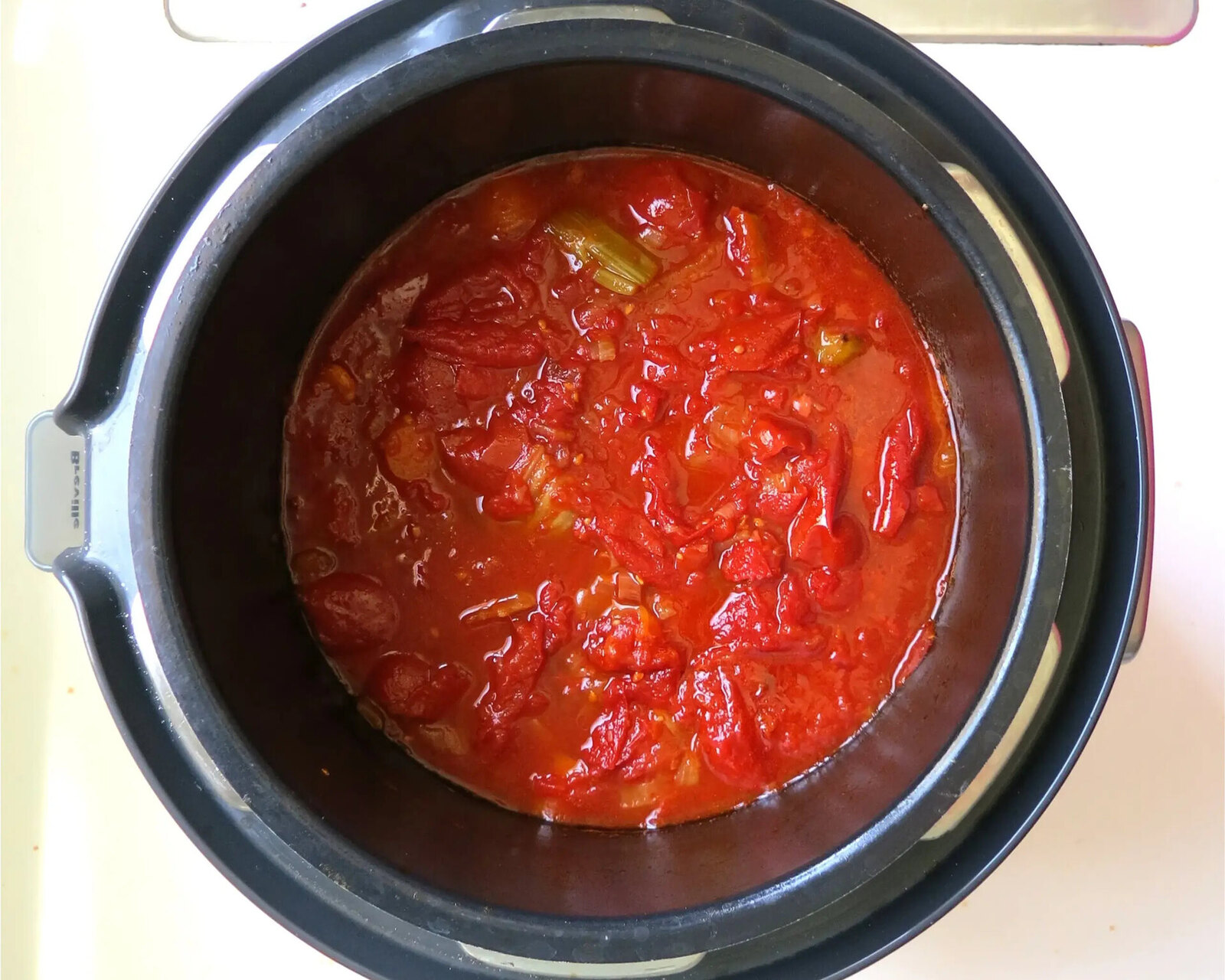
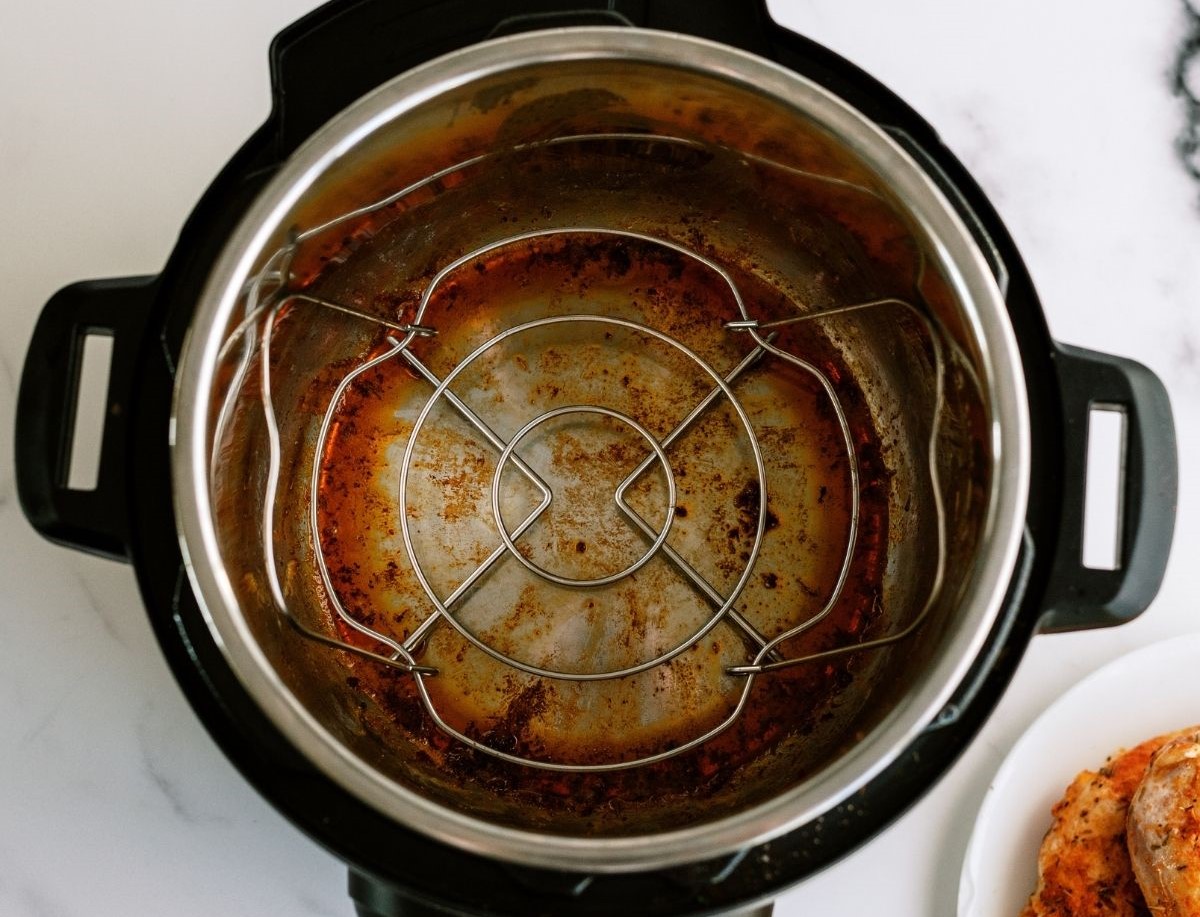
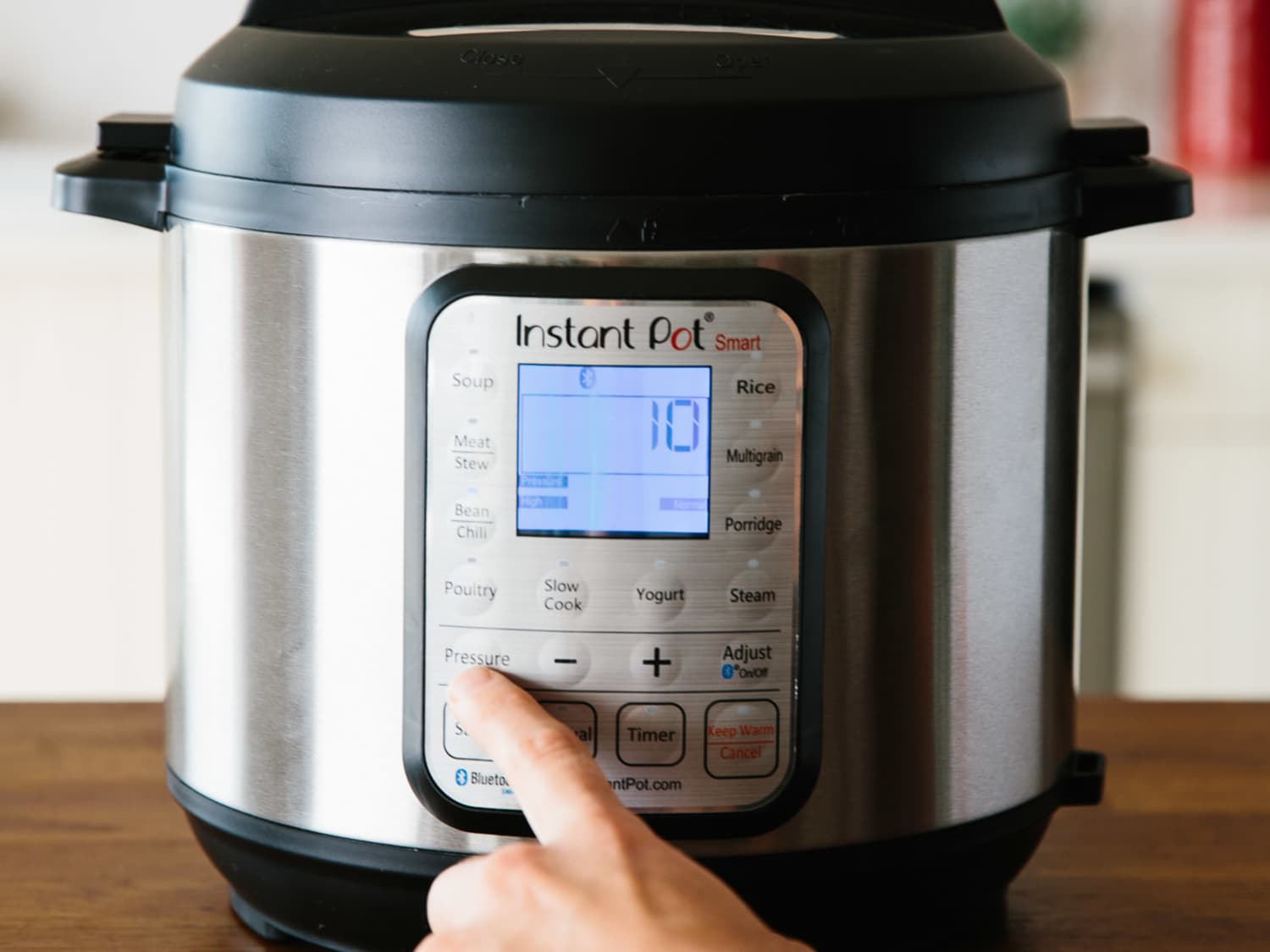
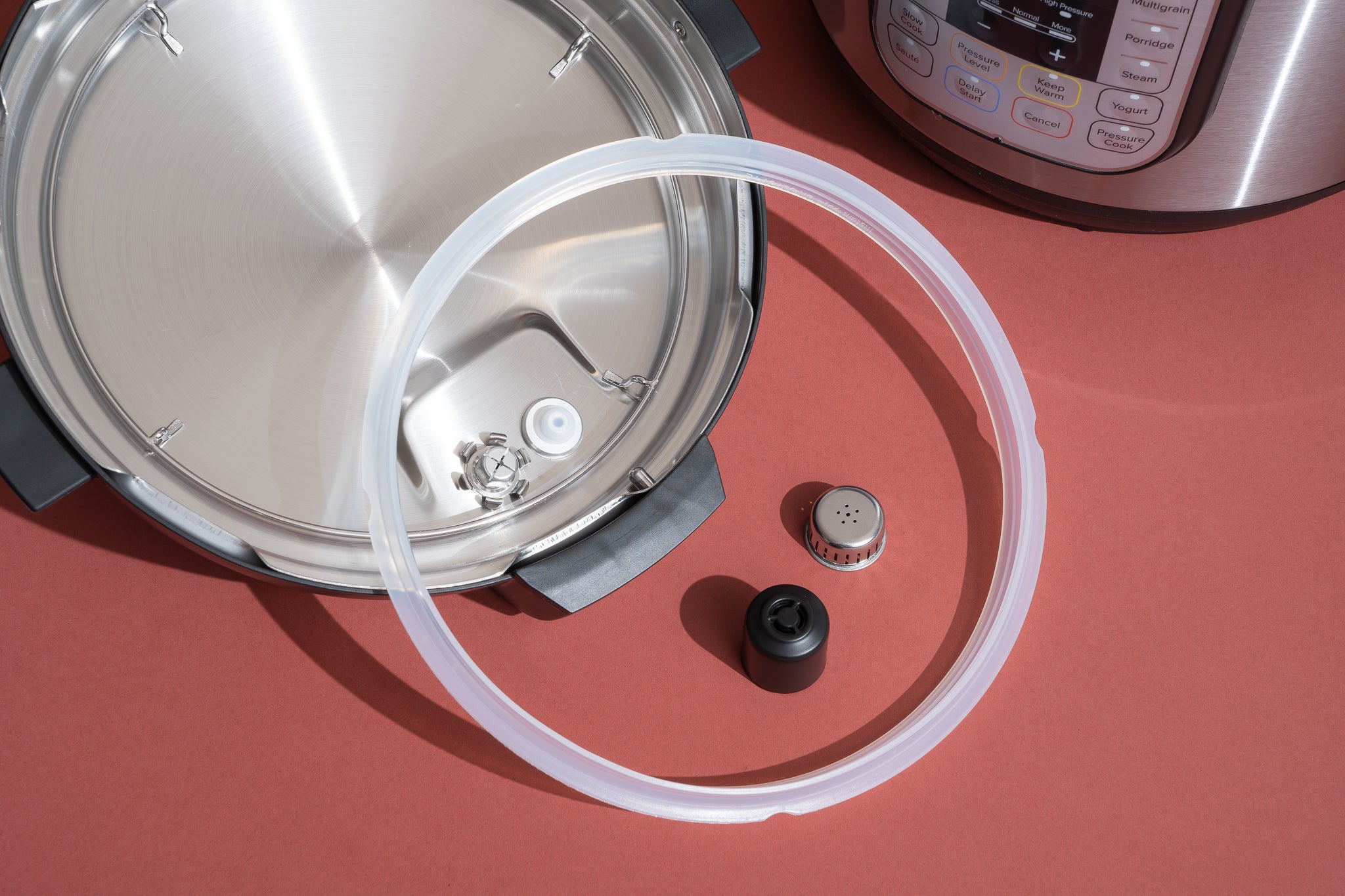
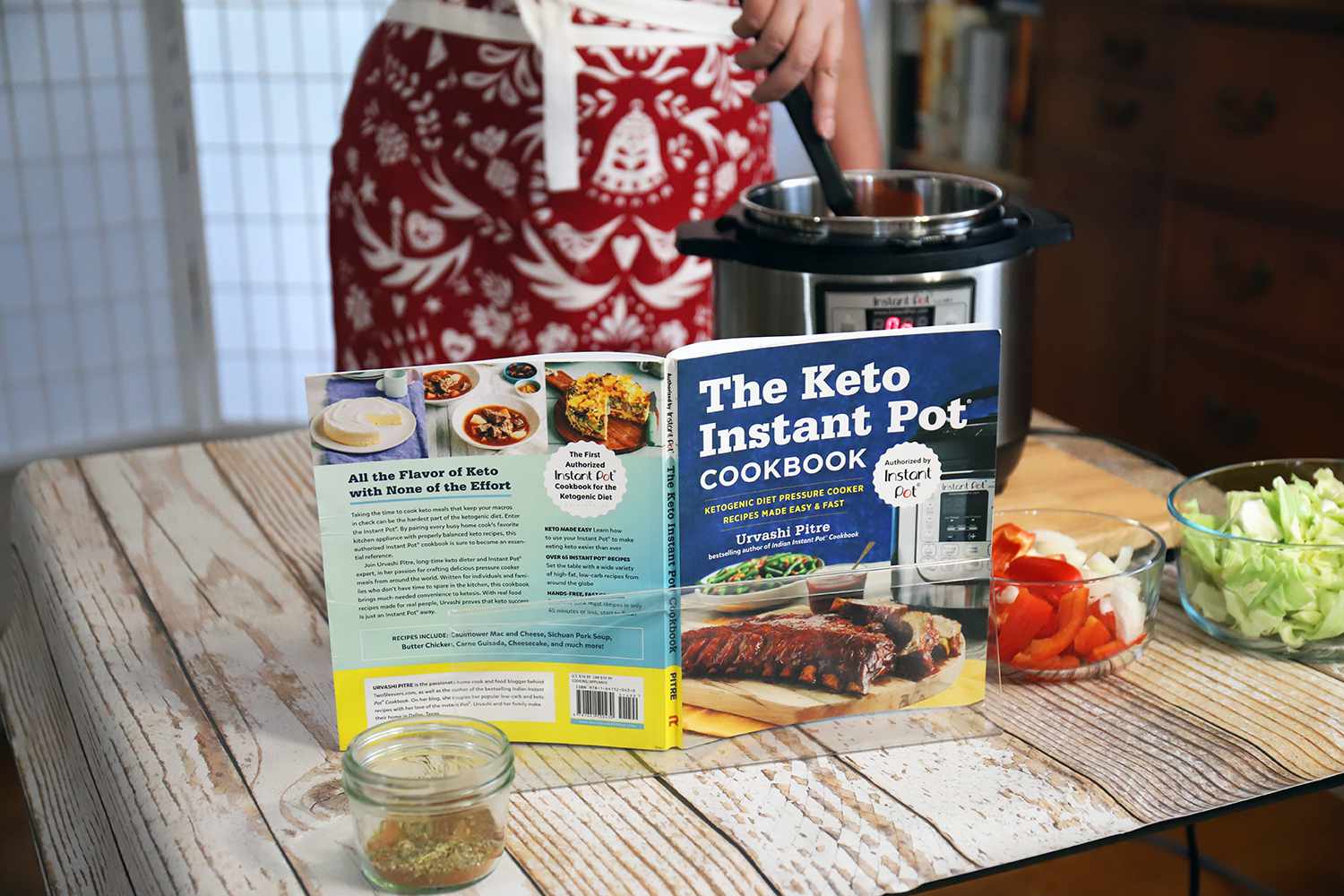

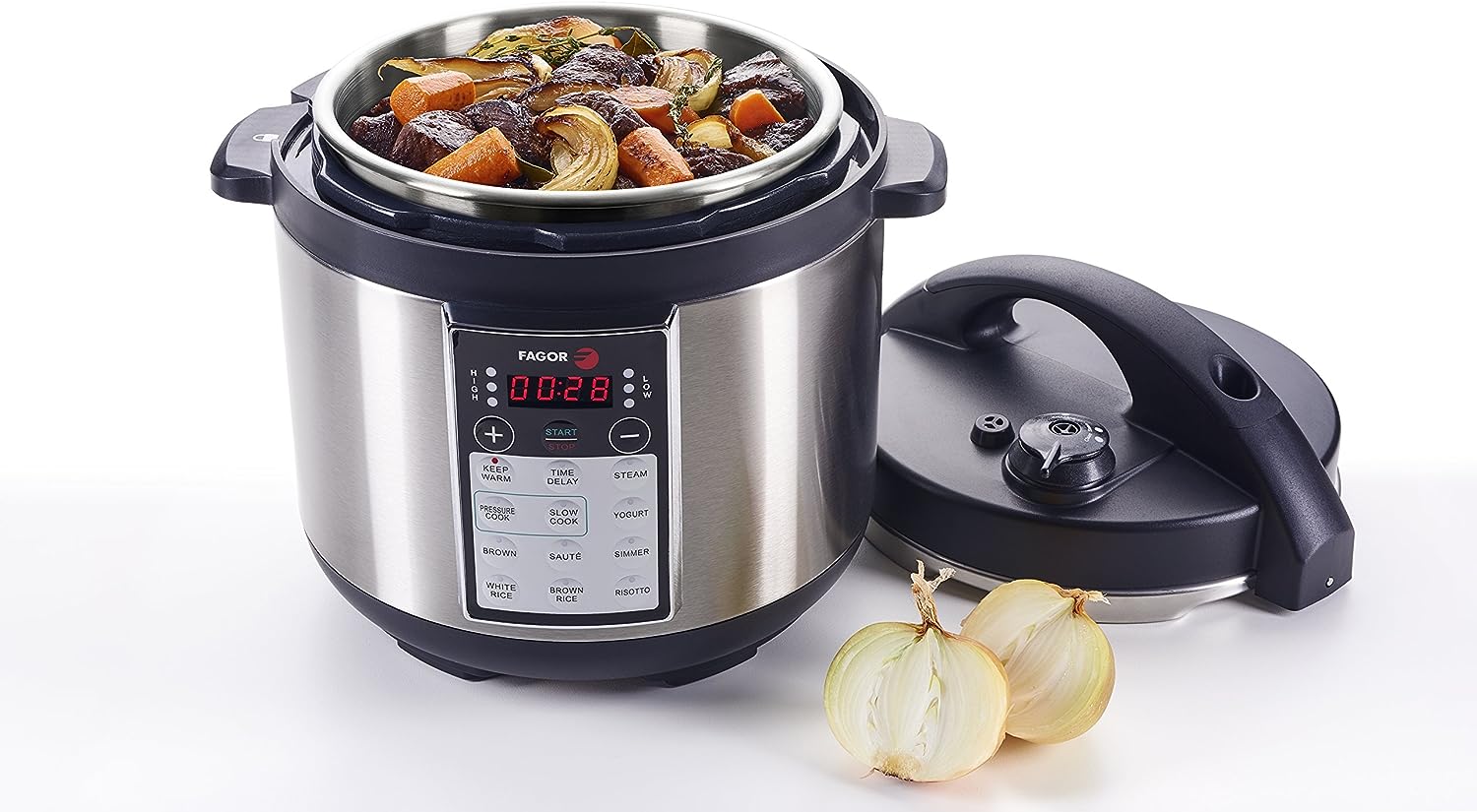
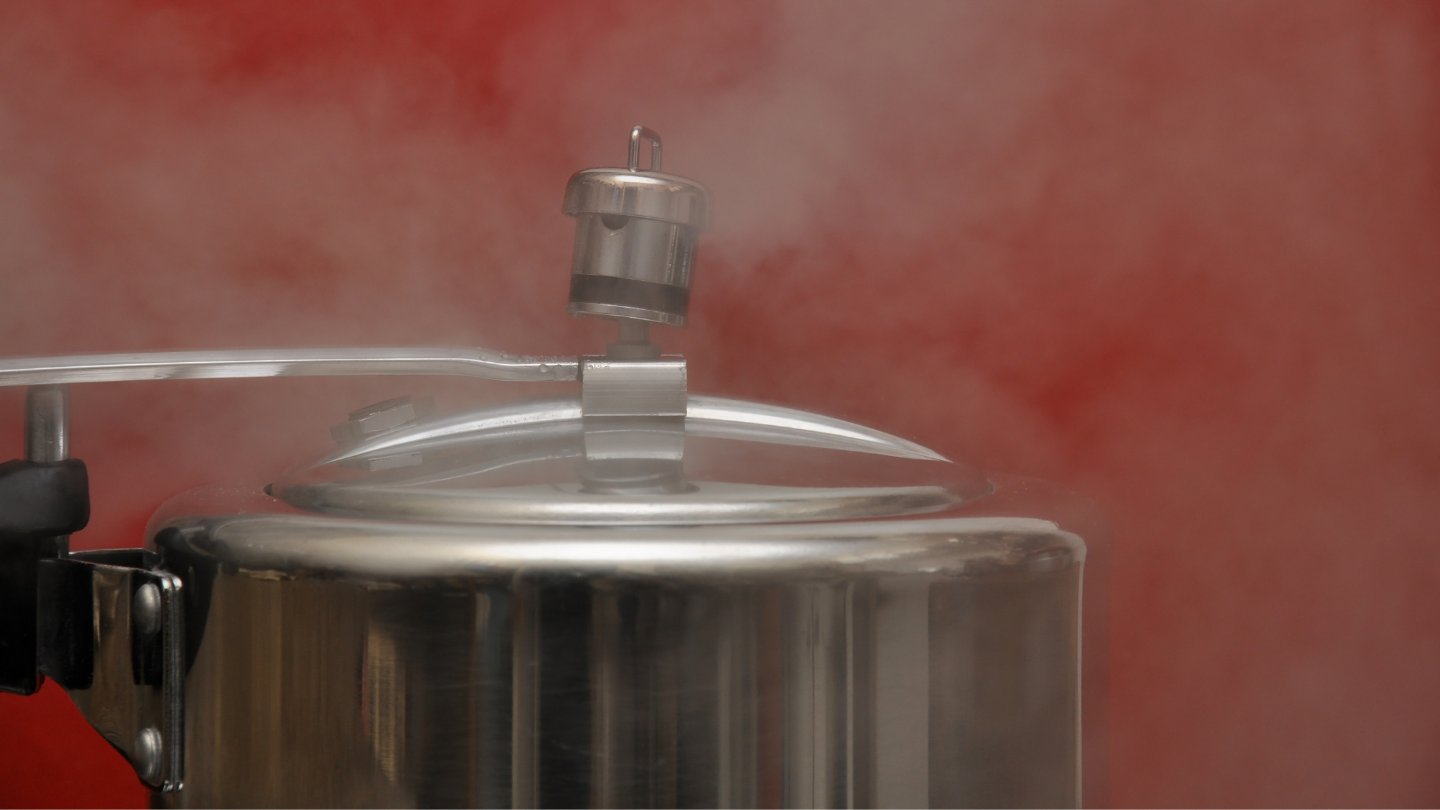

0 thoughts on “How To Cook Meat In An Electric Pressure Cooker”